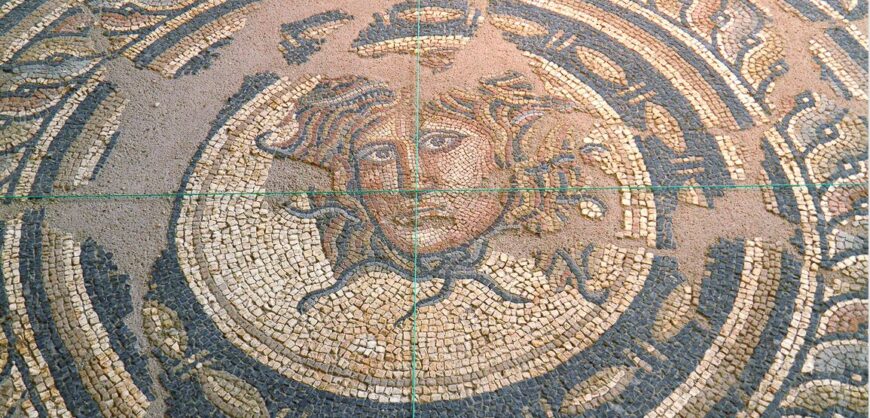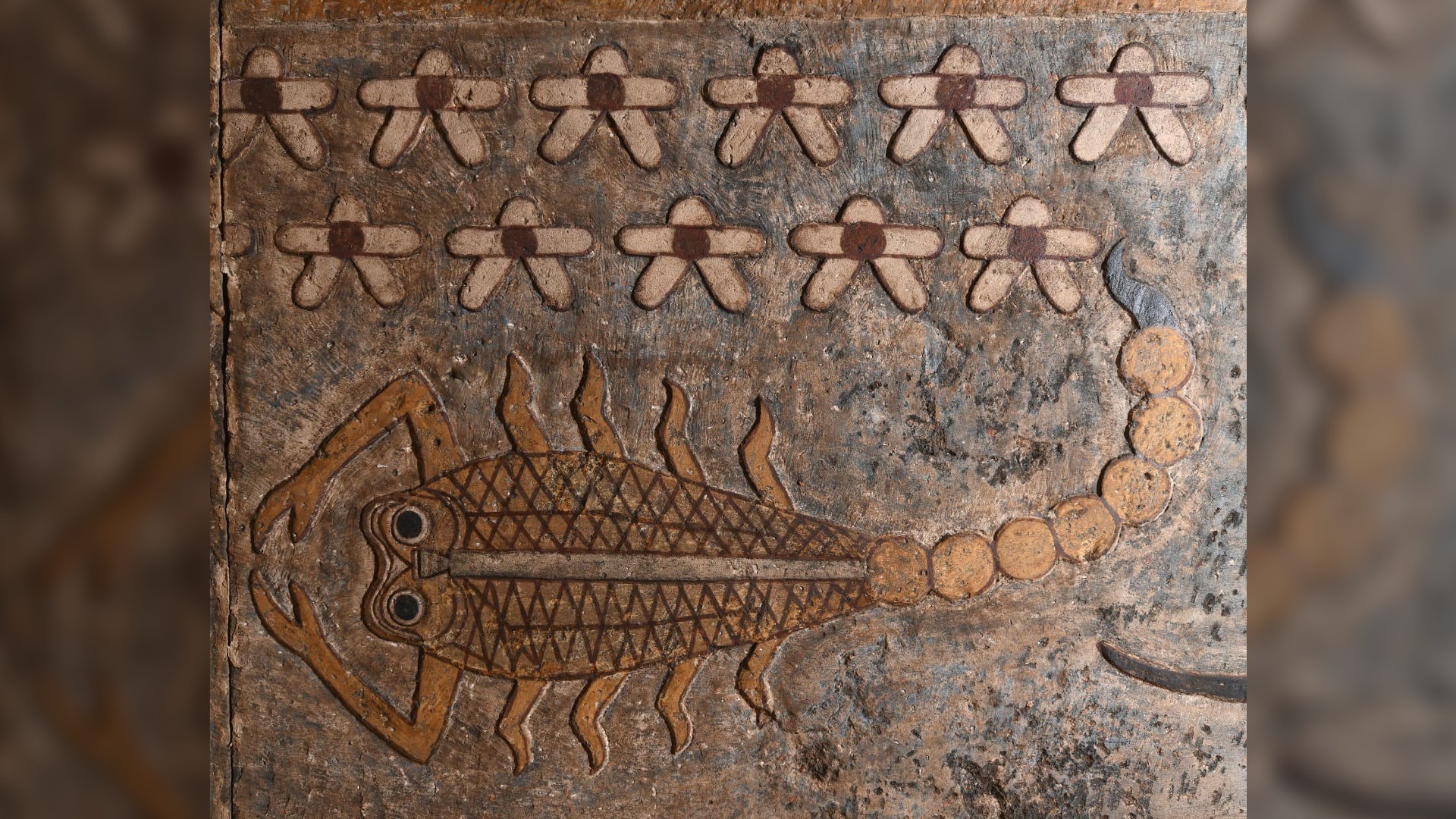While excavating a villa used by ancient Roman emperors in Italy, archaeologists uncovered something unexpected: two mosaics that depict the Greek mythological figure Medusa, whose hair was made of snakes and whose gaze was said could turn people into stone.
The team found the mosaics in a circular room in the Villa of the Antonines, so called because it was used by members of the Antonine dynasty who ruled the Roman Empire from A.D. 138 to 193. The mosaics likely date to the second century A.D. the researchers said at a presentation at the annual meeting of the Archaeological Institute of America, which was held in New Orleans in January.
also read
In both mosaics, Medusa is looking off into the distance, perhaps leaving observers to wonder, “What are these ladies thinking?” Timothy Renner(opens in new tab), a professor of classics and general humanities at Montclair State University in New Jersey and co-director of the team that is excavating the site, said during the presentation.
The team found the Medusa mosaics within two niches cut into a circular room at the villa — one in the northwest part of the room and another in the southeast part. The room had two other niches, but no mosaic remains were found in them.
more at LiveScience.com





































